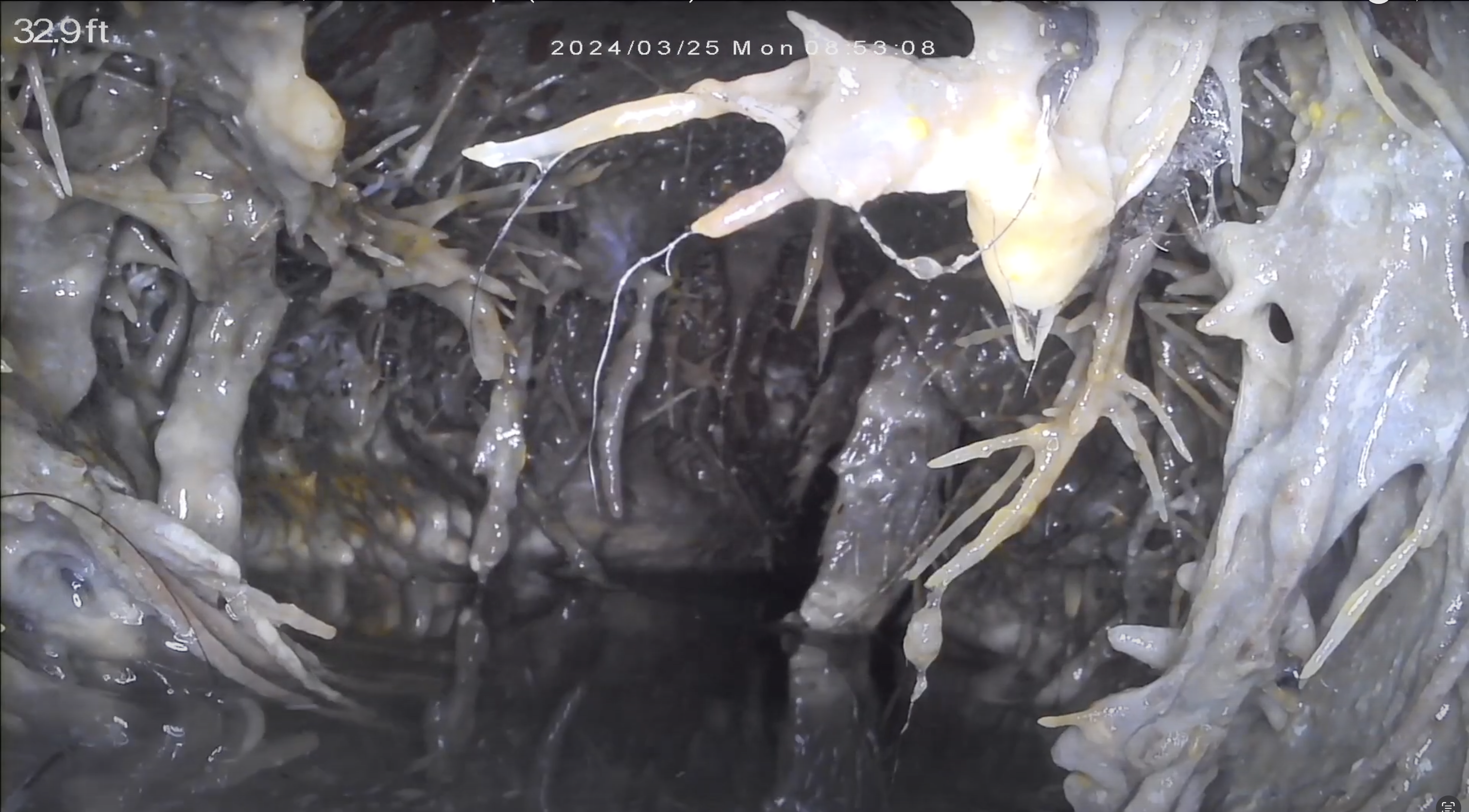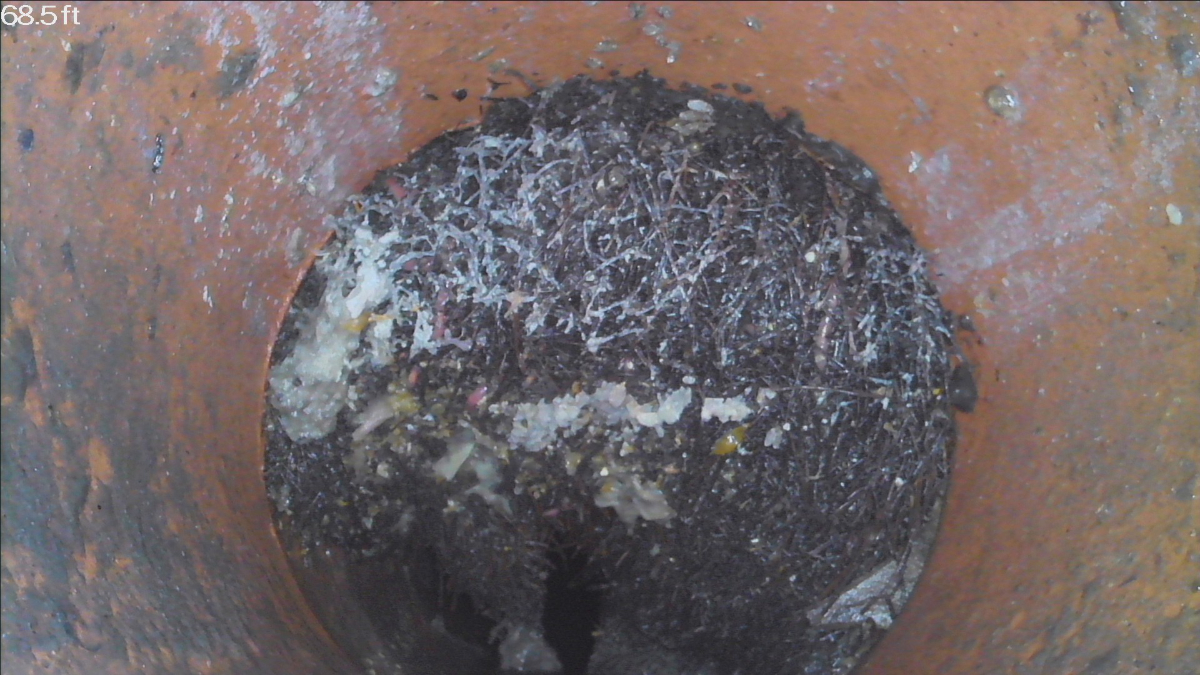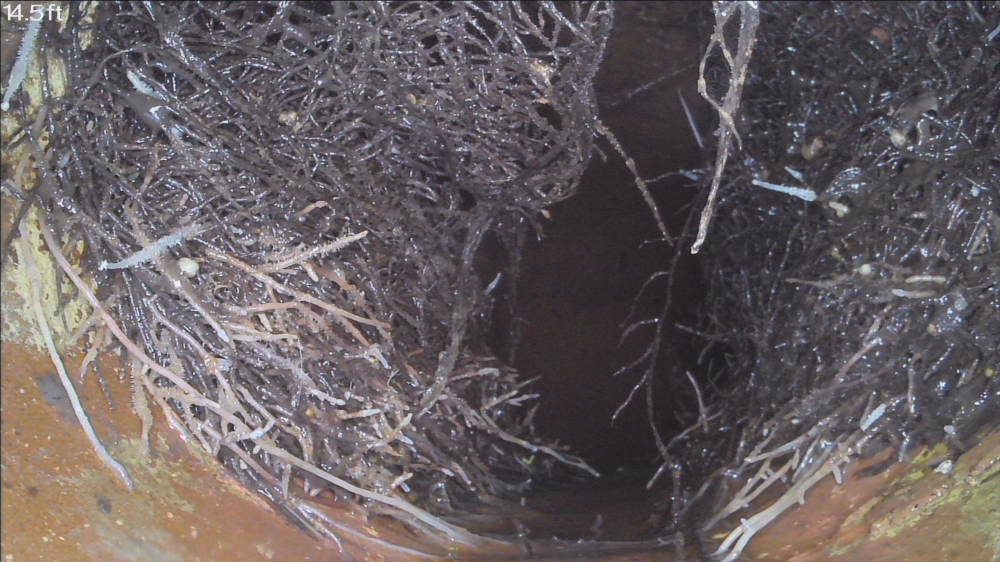
Sewer Scope Inspections
Every house has a sewer line, and any sewer line can become obstructed or damaged.
A lateral sewer line is the privately-owned pipeline connecting the property to the publicly-owned main sewer line or to a septic tank. Because a home’s sewer line is underground, it is not something you see walking through a home, which is why adding this service to your home inspection is crucial. Sewer-scoping the line can reveal blockages, damage to the pipe system, and other problems which are vital for homeowners and home buyers to be aware of.
WHAT ARE POTENTIAL SEWER LINE PROBLEMS?
Potential sewer line problems, that may be found during an inspection, include, but are not limited to: cracks in the lines, broken or damaged pipes; major blockages, clogs or debris; tree roots invading the pipe, signs of buckling, evidence of settling or sagging, installation issues, leaking joints, misaligned pipes, improper piping materials, outdated pipes like orangeburg pipes, deteriorated pipes and other small indications that trouble could be brewing, even if problems have not yet occurred.

WHAT ARE WARNING SIGNS OF EXISTING PROBLEMS?
Some warning signs of existing sewer line problems include: Water not draining properly, overflowing and clogged toilets, foul odors coming from the sewer line, backflow into the home through pipes or floor drains, a damp depression in the lawn above the sewer line, or discovered contaminants in the potable water supply. In some cases, everything above ground may be functioning properly, with sewer line damage being left undetected; leading to the first warning sign being a sudden sewer back up, flooding the basement or home. Undetected sewer line damage can cause structural problems for the home. For example, a constant stream of water can erode the ground beneath your property. Erosion can weaken the ground beneath your home and cause breaks in your foundation.
HOW DOES CNHINSPECTIONS PERFORM A SEWER SCOPE?
CNHInspections performs the sewer scope inspection by first running water through the sewer lines to clear any small debris and to lubricate the pipes to keep the plumbing camera from catching on anything. We will then locate the home’s sewer access point. The camera, which is attached to a long, flexible cable, will then be inserted into the drainpipe. We will run the camera 130 ft. from the access point. The scoping camera streams live video to our monitor revealing existing problems or potential issues with the sewage system. You will be able to access the entire video and web-based report in your online client portal.
















